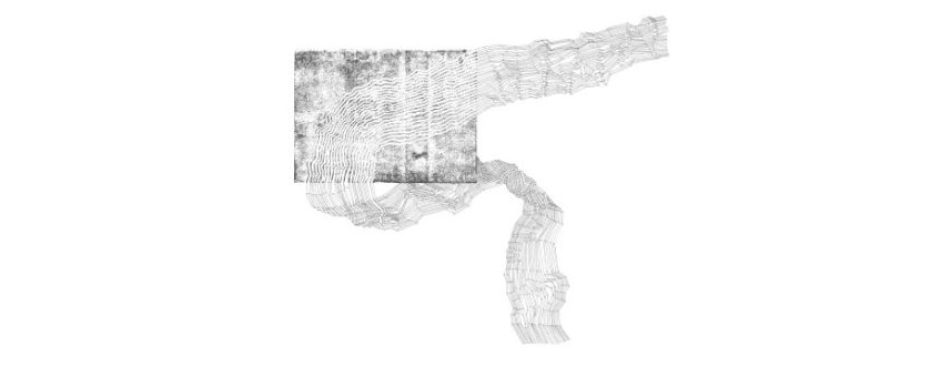The overriding sentiment across each of the resources is that ignorance backed up by generalisation of community groups contributes to an unhealthy understanding of religion and individuals’ position within it. I feel conflicted by Appiah’s argument that there isn’t such a thing as religion (Kwame Anthony Appiah: Is religion good or bad? (This is a trick question), 2014) because it trivialises fundamental beliefs, however it does suggest that people of faith may have their own interpretation and therefore identity within the overriding belief system they adhere to. The conversational format of Appiah’s presentation is helpful in being able to establish common ground between differing identities and although this can result in flippant assertions it undoubtedly encourages thought, reflection and hopefully further conversation.
Interaction in particular is important in Singh’s description of personal methodologies for breaking down harmful stereotypes in his contact with people who don’t understand his faith (Challenging Race, Religion, and Stereotypes in Classroom, 2016). It shows that discourse and personal accounts are useful in helping others understand and contextualise identities in a relatable manner. On the contrary I found Rekis article very challenging to digest, it’s writing undoubtedly well-researched and informative but so academic as to be unrelatable. I am aware that is a result of my own difficulties with reading such forms of writing but it highlights that even in my own capacity as a well-educated person who is actively pursuing further knowledge in this area academic research and discussion can be too inscrutable and distant to be of much use to the majority of people.
Within the context of UAL the 2022/23 Equality, Diversity and Inclusion Report states that 29% of students claim a religion or belief, with 12% preferring not to say (Equality, Diversity and Inclusion Annual Report 2022/23, 2023). This means that over a quarter of students have an identity within their faith that should be accommodated by their learning environment. Art school is a place of self expression, especially for many who may be experiencing an opportunity for an individual exploration of their faith for the first time, and although many may not choose to explore this publicly they should feel safe and comfortable to do so. Jawad’s discussion of the intersectional difficulties faced by muslim women wanting to participate in sport is a perfect expression of the way in which an educational environment can empower students and overcome its own institutional ignorance (Jawad, 2022). In adapting to accommodate different forms of attire, requirements for modesty or segregation an institution is not undermining its own traditions and values, it is simply allowing a more diverse expression of values that ultimately results in deeper understanding and acceptance across the board. In discussion with my peers in the PGCert workshop many of us told accounts of celebrating after reviews or hand-ins in a bar or pub with tutors. We benefitted from a stronger relationship with those tutors as a result but I now recognise that this practice is exclusionary towards those who would find such an environment uncomfortable or contrary to their beliefs. Similarly long days of lectures, seminars or group activities do not necessarily allow for people to pray at specific periods, or to get home for a certain time during religious festivals. Better knowledge of such practices would hopefully garner more equitable practices in my teaching and more understanding between students of differing faiths.
References:
Challenging Race, Religion, and Stereotypes in Classroom (2016). Available at: https://www.youtube.com/watch?v=0CAOKTo_DOk (Accessed: 17 May 2024).
Equality, Diversity and Inclusion Annual Report 2022/23 (2023). University of the Arts London.
Jawad, H. (2022) ‘Islam, Women and Sport: The Case of Visible Muslim Women’, Religion and Global Society, 22 September. Available at: https://blogs.lse.ac.uk/religionglobalsociety/2022/09/islam-women-and-sport-the-case-of-visible-muslim-women/ (Accessed: 17 May 2024).
Kwame Anthony Appiah: Is religion good or bad? (This is a trick question) (2014). Available at: https://www.youtube.com/watch?v=X2et2KO8gcY (Accessed: 17 May 2024).
Rekis, J. (2023) ‘Religious Identity and Epistemic Injustice: An Intersectional Account’, Hypatia, 38(4), pp. 779–800. Available at: https://doi.org/10.1017/hyp.2023.86.
Research Insight: Religion and Belief in UK Higher Education | Advance HE (no date). Available at: https://www.advance-he.ac.uk/knowledge-hub/research-insight-religion-and-belief-uk-higher-education (Accessed: 17 May 2024).

This is an interesting read – the stats from the Equality, Diversity and Inclusion report are useful and a timely reminder that I still need to read this report! I really like your point about art school being a place of self experession and how for some students, this may be linked to their faith. Your point about pub visits is also thought provoking as it’s a common practice and worthy of further consideration to avoid exclusion.
I agree with your point about exclusionary activities or schedules. I’ve experienced this myself as a member of staff to some extent. Acknowledgement of religious festivals would be nice from teaching staff. Something like the below could make a student feel more comfortable in requesting accommodations and feel seen and accepted.
“If anyone is practicing Ramadan and would like any adjustments during this period, let me know so we can discuss how to accommodate you.”